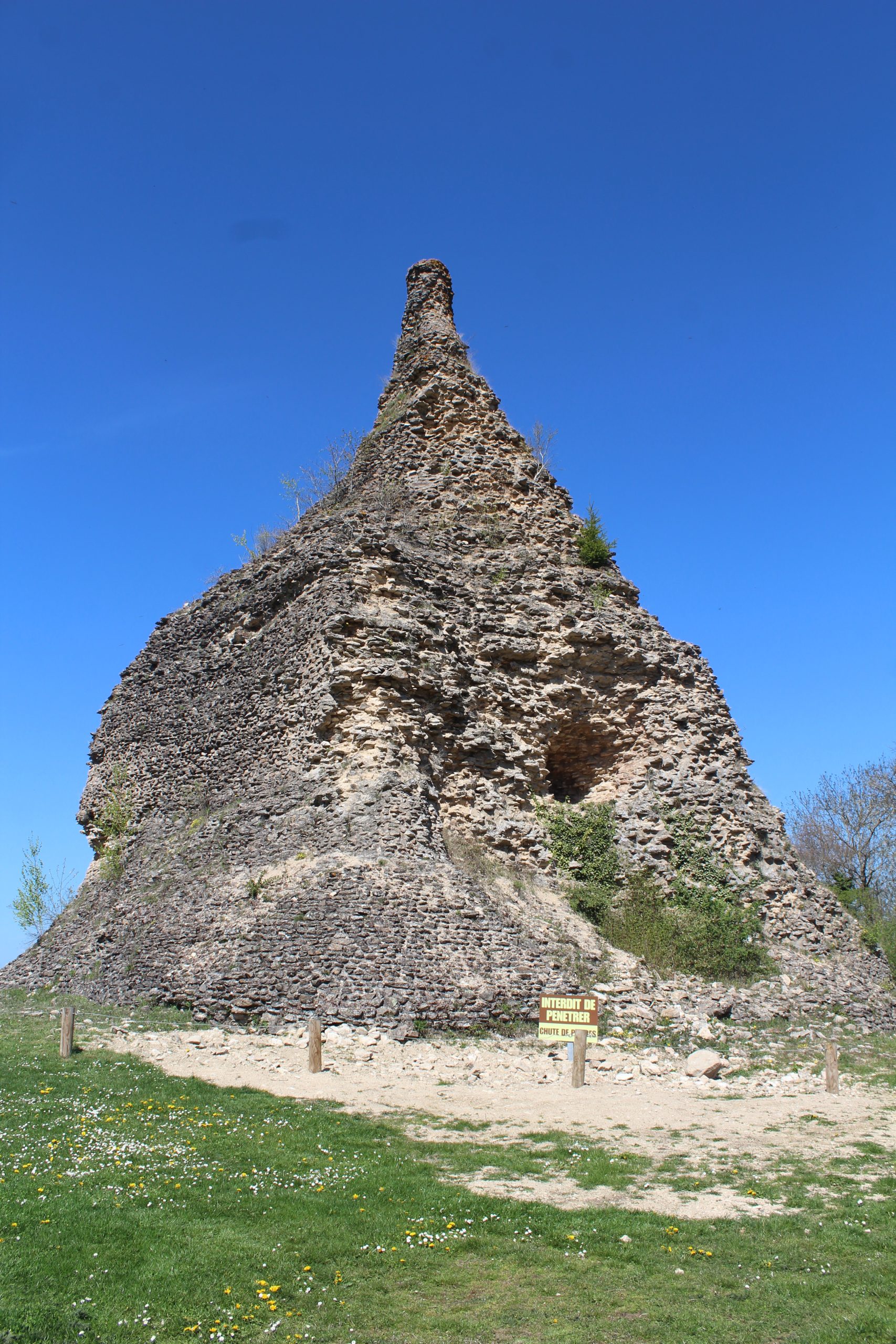The Couhard Pyramid, an ancient edifice that has stood the test of time, is a remarkable structure located near the ancient necropolis of “Champ des Urnes” in Autun, a commune in Saône-et-Loire, France. This pyramid, which majestically overlooks the town of Autun, is believed to have been constructed in the 1st century AD. Its presence near one of the large necropolises of the Roman city of Augustodunum, the ancient name for Autun, hints at its probable function as a funerary monument. Despite its long history, the pyramid’s true purpose and the identity of those it commemorates remain subjects of much speculation and debate.
Ancient Romans
Ancient Roman Historical Sites and Ruins
Ancient Roman Mythology
| Jupiter |
| Juno |
| Neptune |
| Minerva |
| Mars |
| Apollo |
| Venus |
| Diana |
| Vulcan |
| Vesta |
| Ceres |
| Mercury |
| Pluto |
| Janus |
| Bacchus |
| Saturn |
| Cupid |
Roman Artifacts
| The Pilate Stone |
| The Lycurgus Cup |
| Scorpio (weapon) |
| Vindolanda Tablets |
Historical Figures
| The Full List of Roman Emperors |
| Nero |
| Julius Caesar |
| Marcus Aurelius |
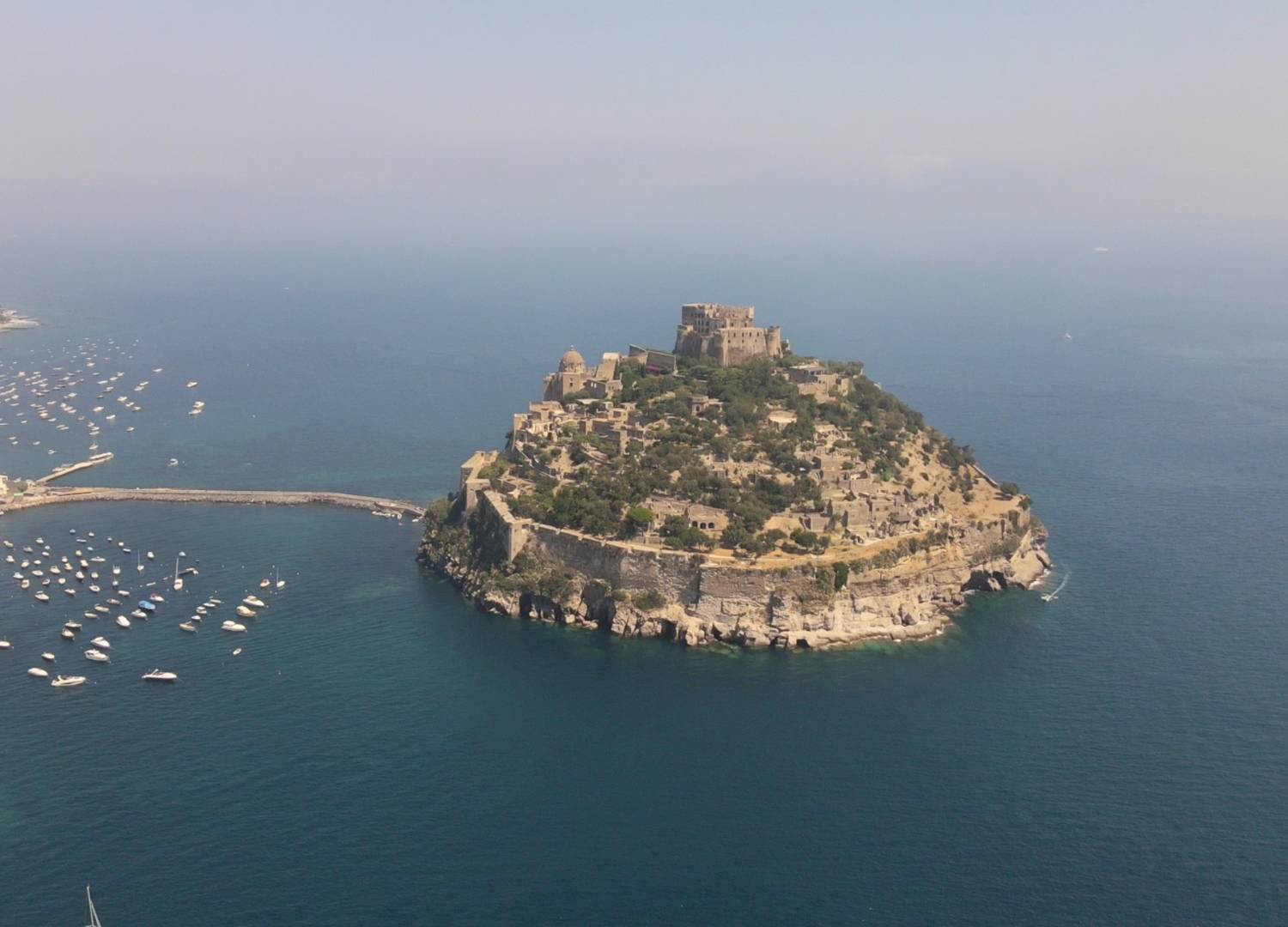
Aragonese Castle
The Aragonese Castle stands as a historical fortress on the rocky volcanic islet of Ischia, in the Tyrrhenian Sea. It boasts a rich history that spans over centuries. The castle’s strategic position has made it a focal point for various powers, including the Greeks, Romans, and Aragonese. Today, it serves as a symbol of the island’s past and a popular tourist attraction.
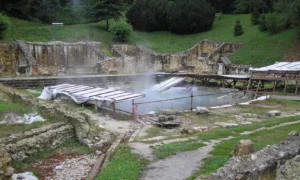
Aquae Iasae
Aquae Iasae, now known as Varaždinske Toplice, is a historical site located in northern Croatia. Renowned for its thermal springs, it has been a center of health and well-being since ancient times. The Romans developed it into a significant spa resort, which continued to attract visitors for centuries. The site’s archaeological remains tell a story of cultural exchange, healing traditions, and architectural innovation.
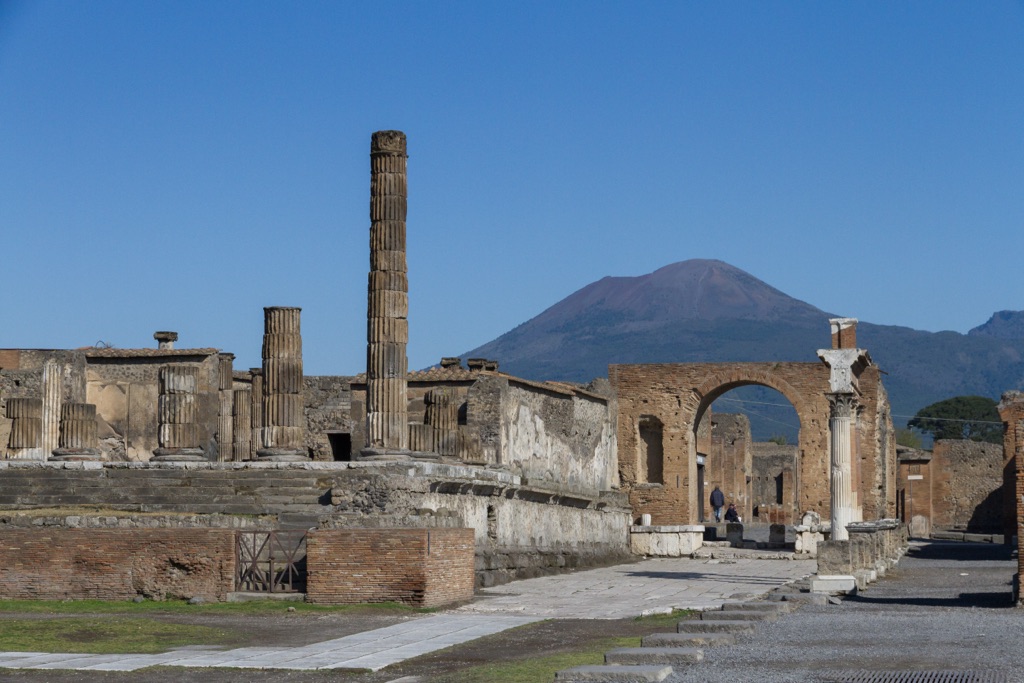
Pompeii
Pompeii, once a bustling Roman city, is now a significant archaeological site near Naples, Italy. It’s renowned for its tragic end, buried under volcanic ash and pumice after the catastrophic eruption of Mount Vesuvius in 79 AD. The site provides an unparalleled window into ancient life, frozen in time. Excavations have revealed well-preserved buildings, artifacts, and even the casts of victims, offering insights into Roman culture, economy, and daily routines. Pompeii’s discovery in the 16th century has since captivated historians, archaeologists, and tourists alike, making it an invaluable resource for understanding the ancient world.
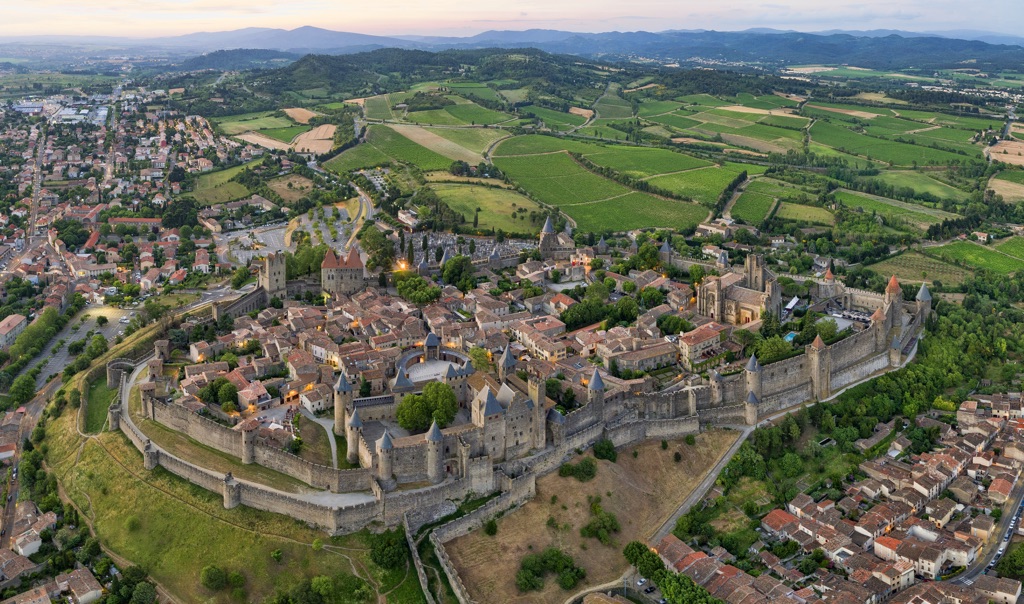
Carcassonne
Carcassonne is a fortified medieval city located in the south of France. It stands as a remarkable example of a medieval fortress, complete with walls, towers, and a castle. Carcassonne has a rich history that dates back to the Roman period. Over the centuries, it has seen numerous modifications and restorations, particularly during the 19th century under the guidance of architect Eugène Viollet-le-Duc. Today, it is a UNESCO World Heritage site, attracting visitors from around the world who come to marvel at its historical significance and architectural beauty.
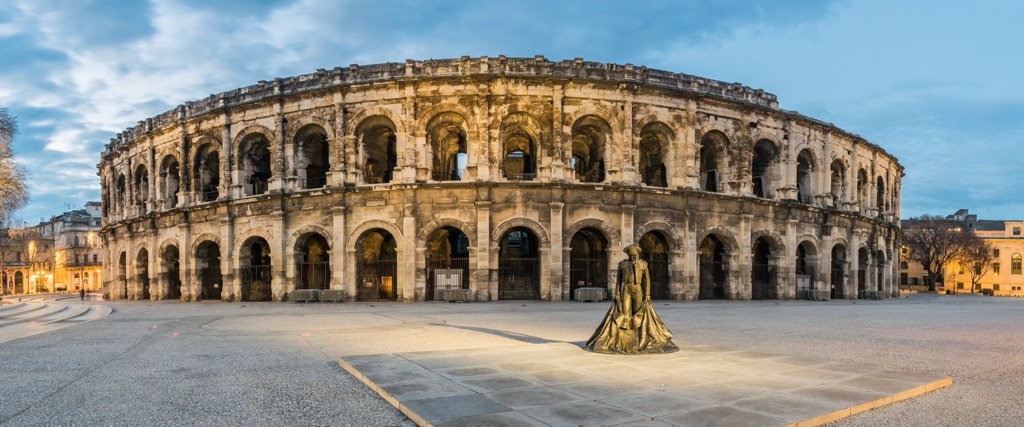
Arena of Nîmes
The Arena of Nîmes is a remarkably well-preserved Roman amphitheater located in Nîmes, France. Built around 70 AD, it was designed for gladiatorial combat and could seat up to 24,000 spectators. Over the centuries, it has served various purposes, from a fortress to a village and even as a bullring, which it remains today. The Arena stands as a testament to the engineering prowess of the Romans and continues to be a focal point for cultural events, drawing visitors from around the world.

